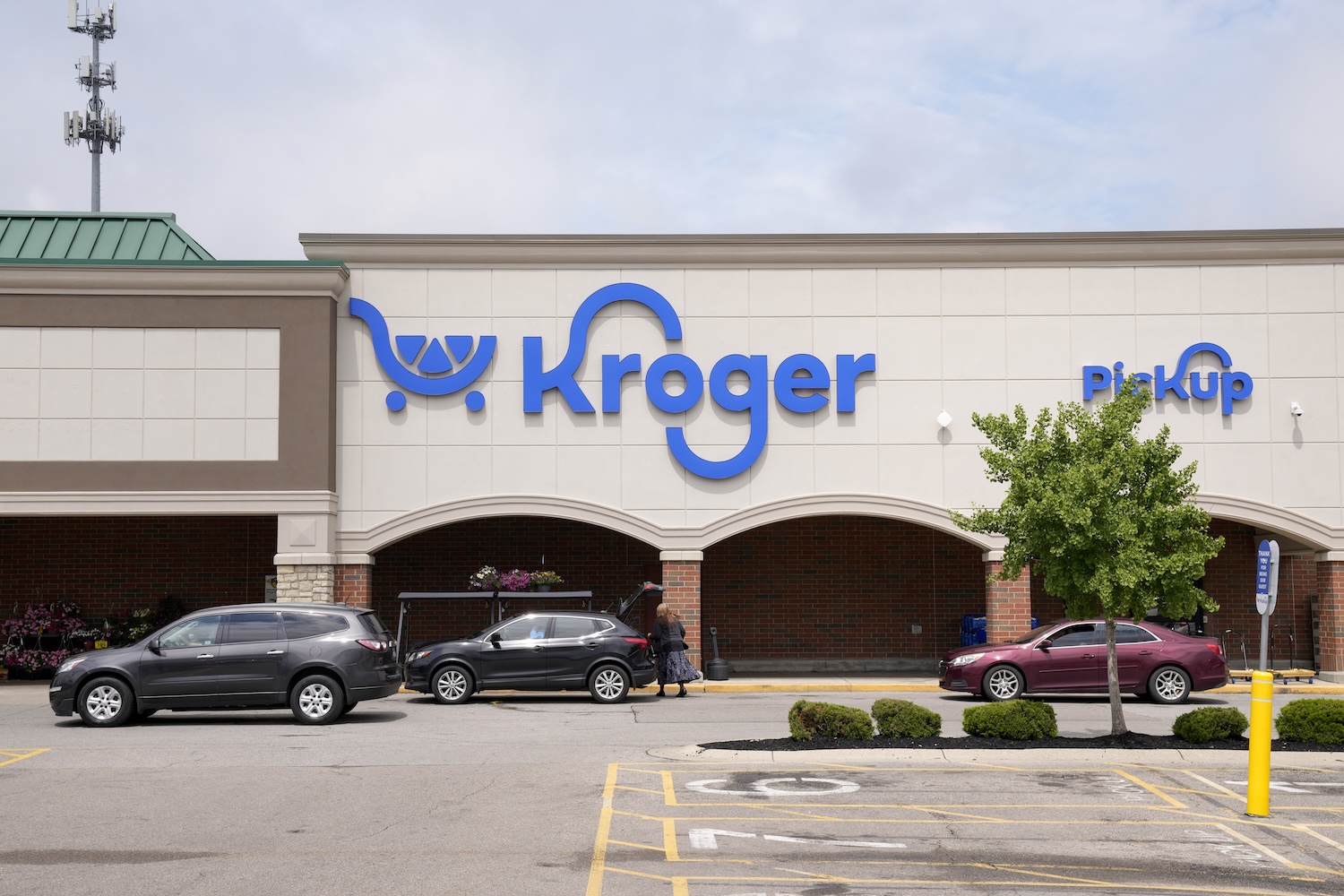Facebook, which along with Google accounts for around 60% of advertiser spending online, has knowingly built some of its astonishing success on incorrect data, newly unsealed court documents allege. Incidentally, this may pose a problem for a business which generates over 90% of its revenue from selling ads.
In a nutshell, this class action suit, which was first filed back in 2018, alleges that Facebook massaged figures for “Potential Reach”—an estimate that Facebook gives its advertisers for the number of people that might see their ad—to goad advertisers into spending more money on the platform, all in the hopes of reaching the people that Facebook had promised. These filings detail that some of Facebook’s top brass, including Chief Operating Officer Sheryl Sandberg, were fully aware that the company spent years exaggerating the number of eyeballs its advertisers could reach.
As first reported by the Financial Times, the suit claims that when Facebook’s rank-and-file proposed internal fixes for these inflated figures, senior executives repeatedly brushed them off on the grounds that their solutions would cut into the company’s all-important ad revenue.
Thanks to these unsealed filings, we know just how inflated some of those figures were. Here’s an example: in 2018, Facebook told its advertisers that it had a Potential Reach of 230 million adults across the U.S., out of the 250 million adults that were counted by U.S. census data that year. But according to a 2018 Pew Research study, only about 68% (or 170 million adults) actually use the platform at all. Sandberg acknowledged in an internal email that “she’d known about problems with Potential Reach for years.” But she repeatedly shot down employee’s attempts to rectify those figures, according to the filing.
Internally, employees acknowledged that while the product bills
itself as an estimate for how many “people” your ad might reach, it is, at best, an estimate for the number of accounts—including the untold numbers of fakes and duplicates. Some employees even ran the numbers in 2018, just to see what would happen if known duplicate accounts were cut out of Potential Reach, and saw a 10% drop in the numbers advertisers were given. Facebook chose not to cut them. When one of the product managers on the Potential Reach team later suggested tweaking the way they talked about these figures—like, say, replacing the word “people” with the word “accounts”—his suggestion was shot down over worries about the “significant” impact it might have on Facebook’s ad revenue. Per the suit, the manager responded that “it’s revenue we should have never made given the fact it’s based on wrong data.”
In a lot of ways, this case mirrors another high-profile advertiser suit that hit the company in 2016 alleging Facebook knowingly withheld some serious problems with the metrics for its video ads for the sake of pulling down more money from those video ad partners. In 2019, Facebook settled the claim for a $40 million dollar sum that, as others have pointed out, is pretty much chump change to a company that earns tens of billions of dollars in ad revenue per year.
And apparently, Facebook didn’t learn much from that slap on the wrist. When it comes to the ongoing problems with Potential Reach, the suit points out that numbers Facebook continues to give its advertisers make even less sense, like telling them it can reach “100 million” 18-to-34 year old’s across the country. Census data shows there’s in fact only 76 million of them—and we know not all of them use Facebook.
Both in court and on its own site, the company’s argued that these metrics are meant to be interpreted as estimates, not gospel. But internally, per the new filings, the company admitted that Potential Reach was “arguably the single most important number” that advertisers relied on when deciding whether to put their ad bucks down onto Facebook’s platform in the first place.
We’ve reached out to Facebook for comment, and will update here when we hear back.














